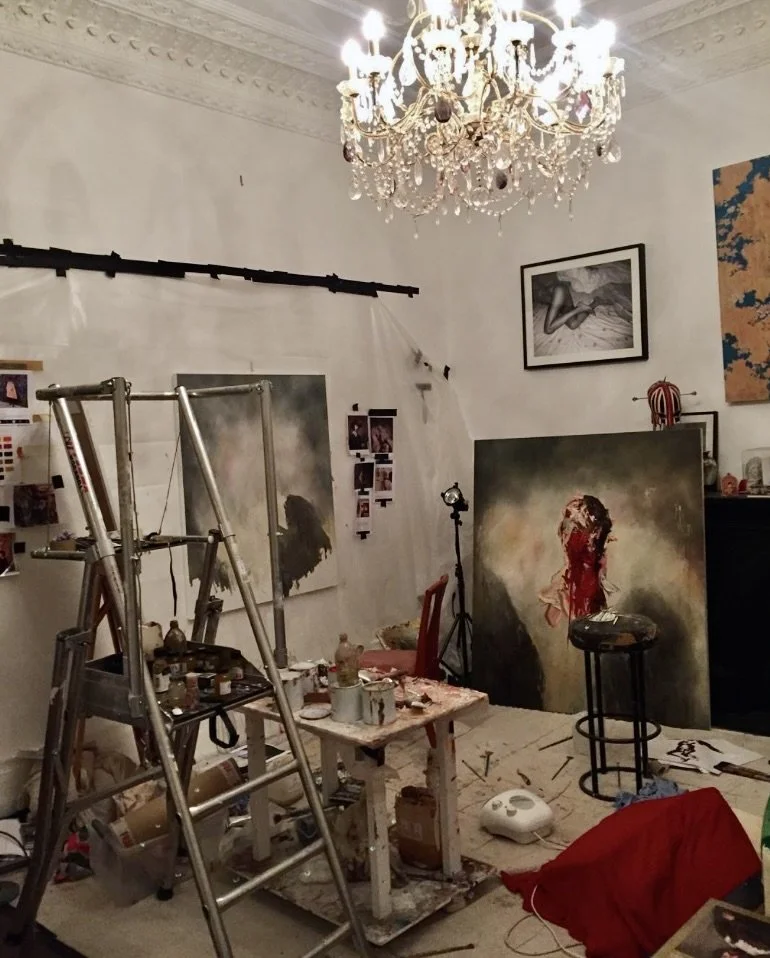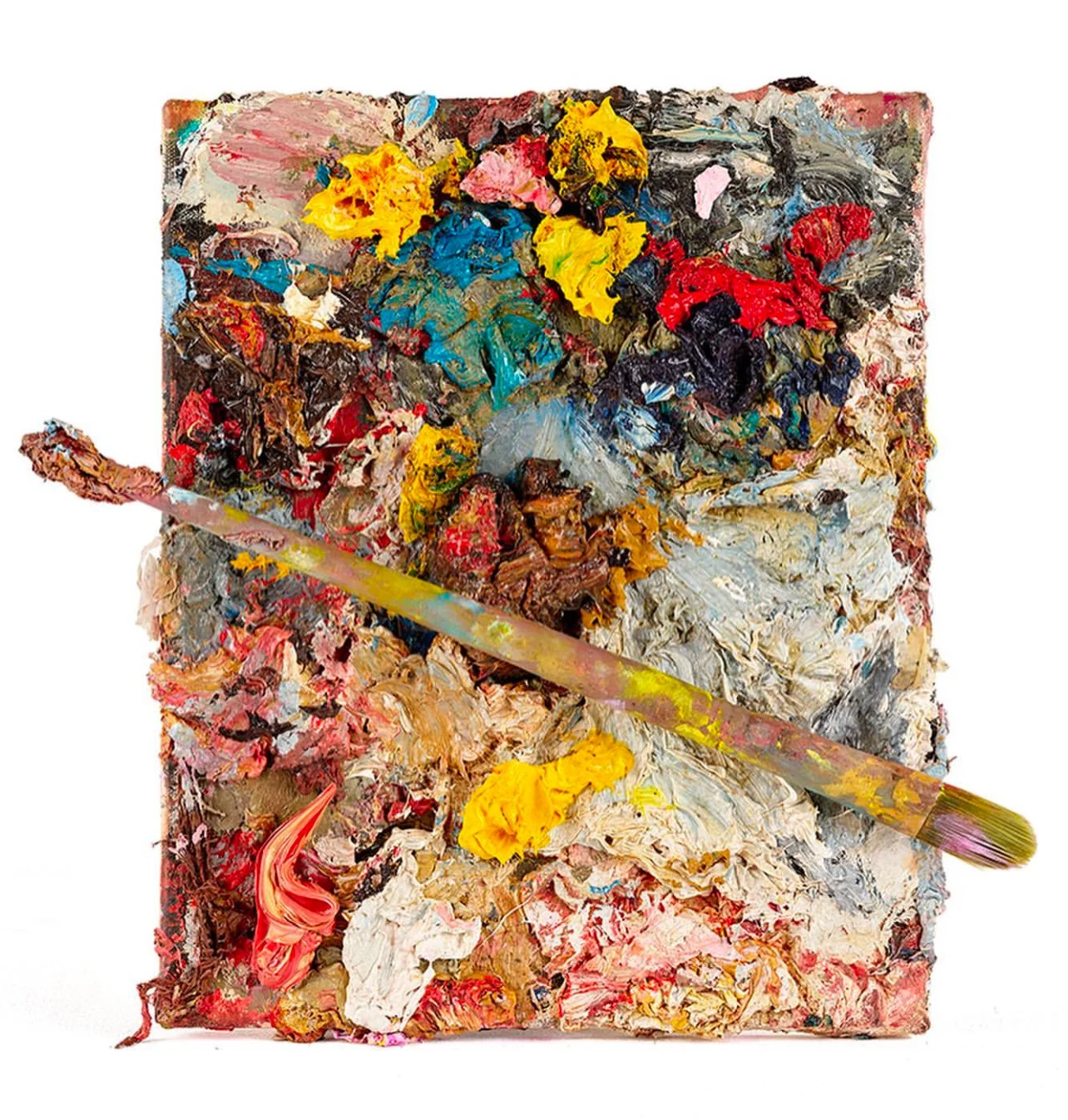
Antony Micallef
Micallef is a British contemporary artist working in London.
He was notably taught by the austere landscape painter John Virtue, who was taught by the postwar painter Frank Auerbach.
He has been selected as one of Louis Vuitton’s Visionaries and is currently taking part in a world tour showcasing his work. His paintings features in collections across the world and has two pieces in the permanent collection of the London Design Museum. He has also exhibited in group shows in prominent institutions as The National Portrait Gallery, The Royal Academy, Tate Britain and the ICA.
Described as a modern Expressionist and widely recognised as one of the finest painters in contemporary art today, Micallef roots his work in social commentary and self-examination. Known for his visually charged figure paintings, Micallef’s series of works in his exhibition Raw Intent were a complete departure from his earlier artworks. In his more recent works, he builds up a relief-like surface with heavy paint to depict a figurative mass in front of a muted background. By using an impasto technique and layering effects, the material is literally pushed to its extreme and blurs our reading of painting and sculpture.
Max Blagg
LATE START FOR MARDI GRAS is a collaborative project between Max Blagg, 21 featured artists & Janice Huminska, Wednesday 6:30 - 9PM.
At 7PM, Max read a selection of poems from the series, accompanied by a group exhibition of the 21 corresponding collaborative artworks at Opening Gallery in NYC>
The exhibition is dedicated to the memory of Walter Robinson.
ARTISTS
Golnar Adili . Ellen Berkenblit
Ernesto Caivano . Michael Combs
Peter Dayton . Sally Egbert
Eric Fischl . James Gilroy
Nan Goldin . Michael Halsband
Curtis Kulig . Justen Ladda
Ruth Marten . Jamie Nares
Walter Robinson . Nick Rule
Will Ryman . Walt Schrank
Ken Tisa . Ryan Wallace
Lucy Winton





